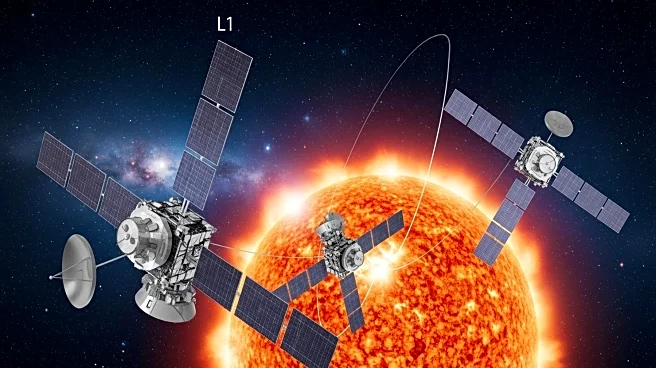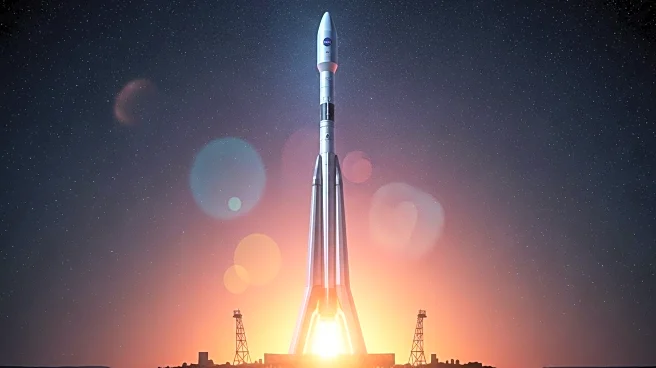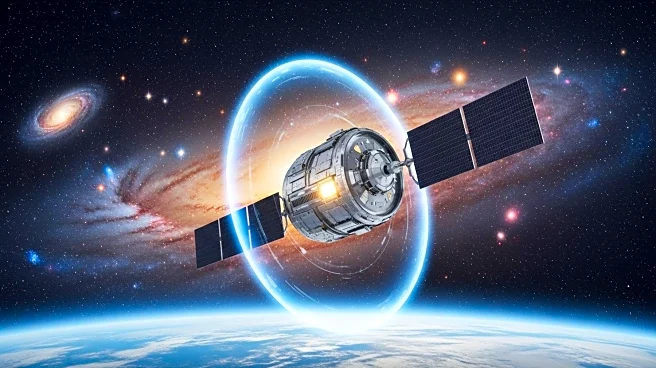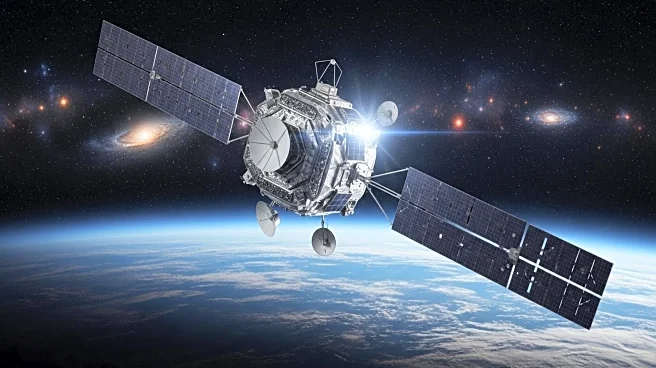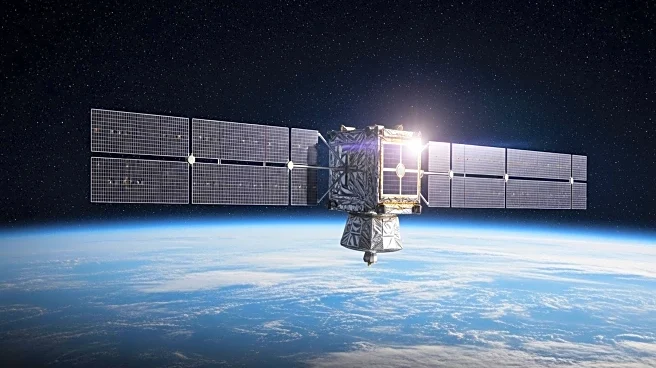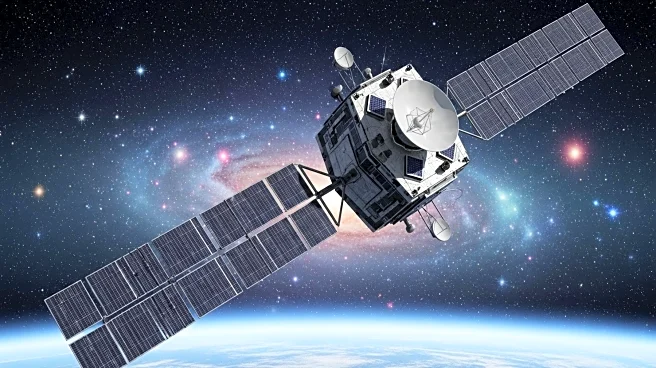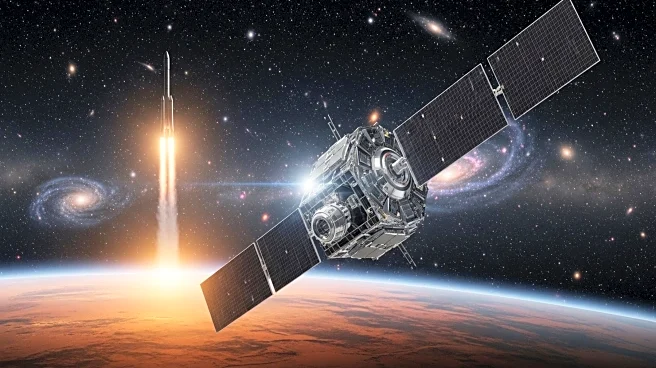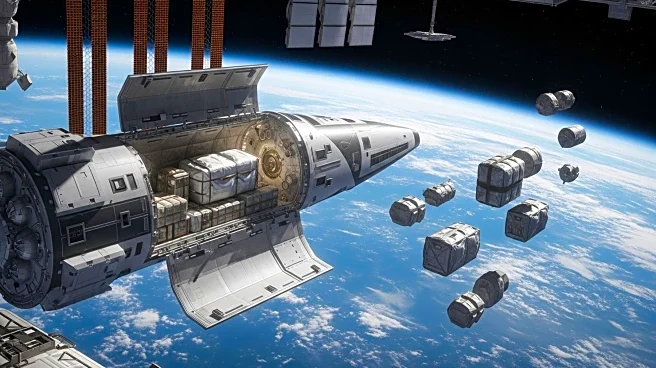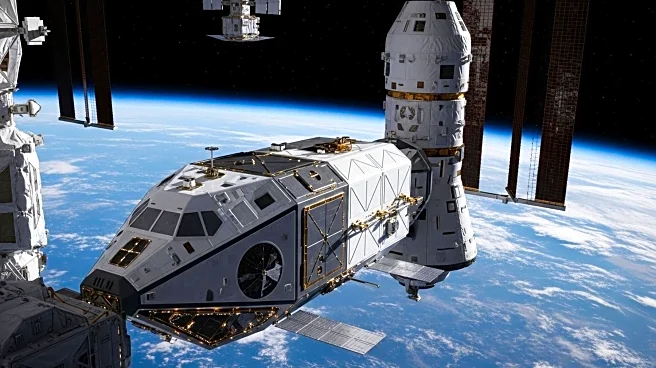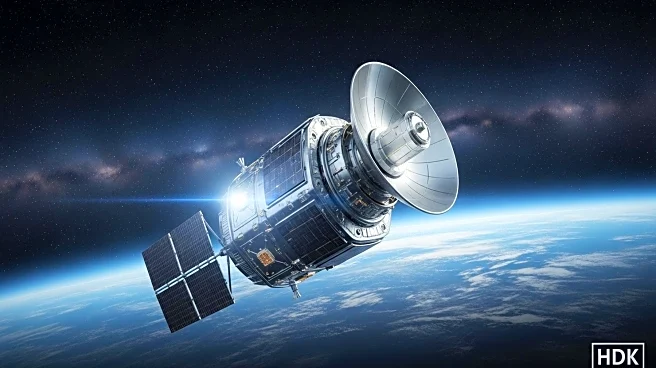What's Happening?
SpaceX is set to launch three spacecraft on a Falcon 9 rocket from Kennedy Space Center on September 23, 2025, as part of NASA's Triple Solar Mission to the Earth-Sun L1 Lagrange point. The mission includes NASA's IMAP probe, NOAA's SWFO-L1 satellite, and NASA's Carruthers Geocorona Observatory. These missions aim to provide a comprehensive view of the Sun-Earth system, studying solar outputs, Earth's atmospheric response, and space weather impacts. The IMAP probe will map the heliosphere's boundary, SWFO-L1 will monitor space weather, and Carruthers will capture ultraviolet images of Earth's geocorona.
Why It's Important?
This mission is crucial for advancing our understanding of the Sun-Earth system and improving space weather prediction. By studying solar activity and its effects on Earth's atmosphere, scientists can better predict and mitigate space weather impacts, which can disrupt satellites, power grids, and communications. The collaboration between NASA and NOAA highlights the importance of interagency efforts in addressing space weather challenges and enhancing scientific knowledge.
What's Next?
After launch, the spacecraft will travel to the L1 point, arriving around January 2026. They will undergo testing before beginning primary science operations by March 2026. The data collected will contribute to ongoing research and help protect future deep-space astronauts from solar radiation. Continued collaboration and technological advancements are expected to support future missions and improve space weather resilience.

